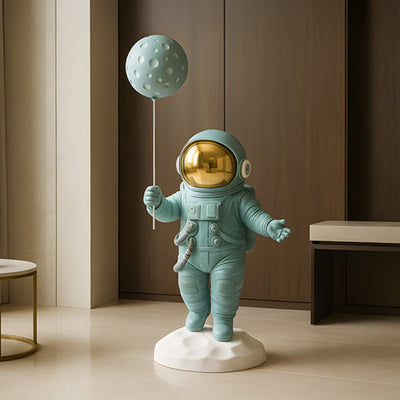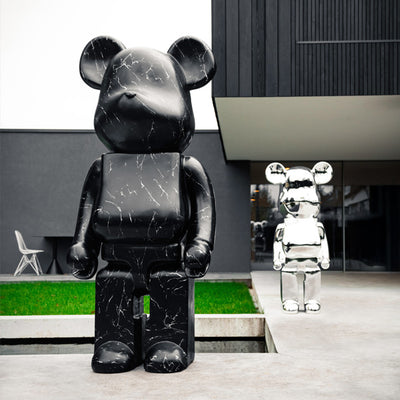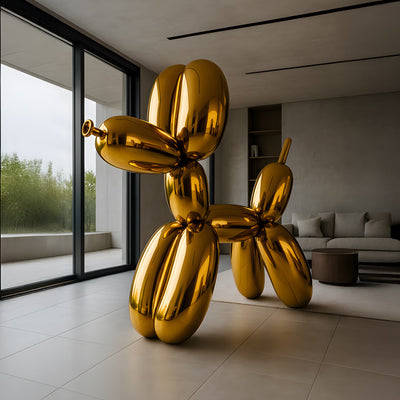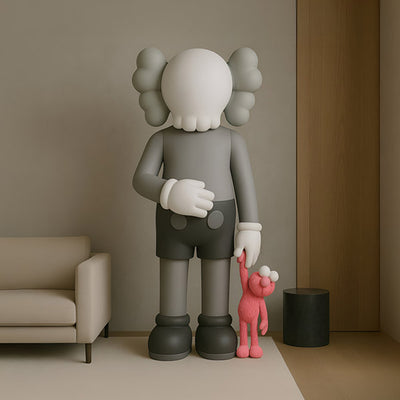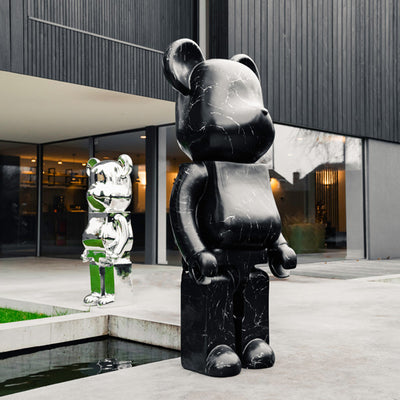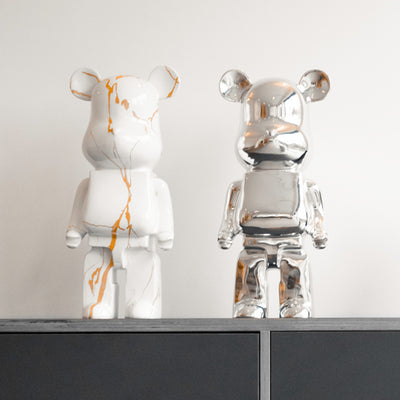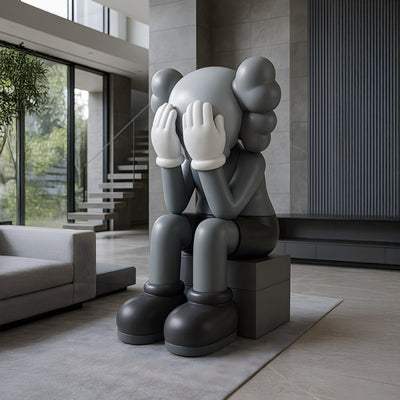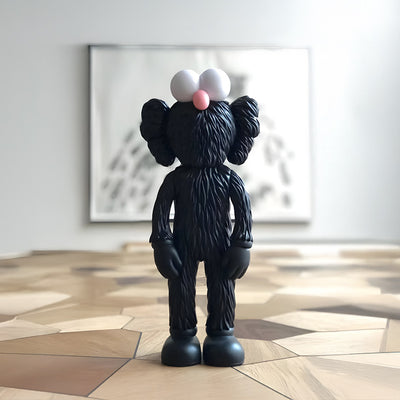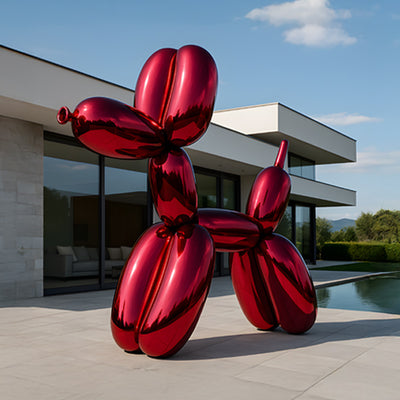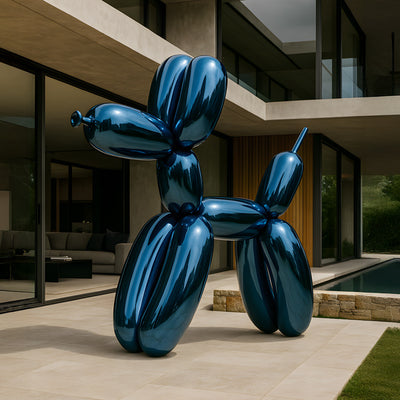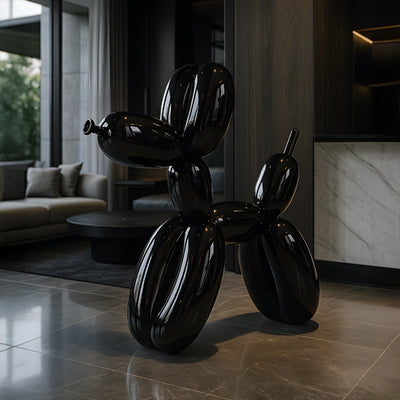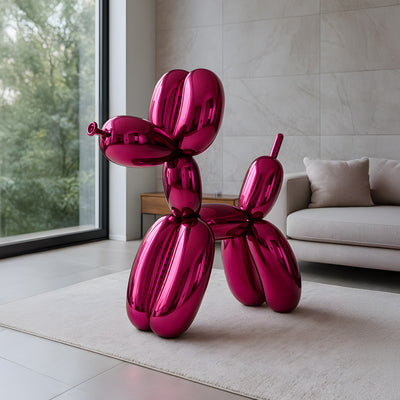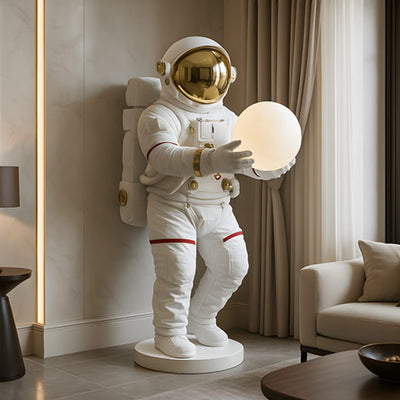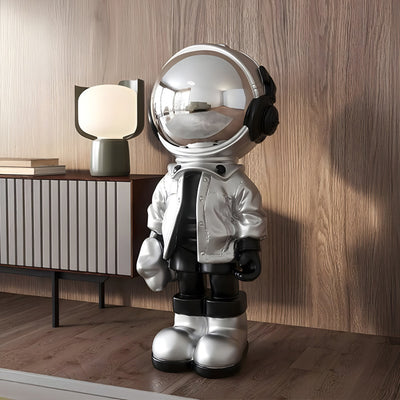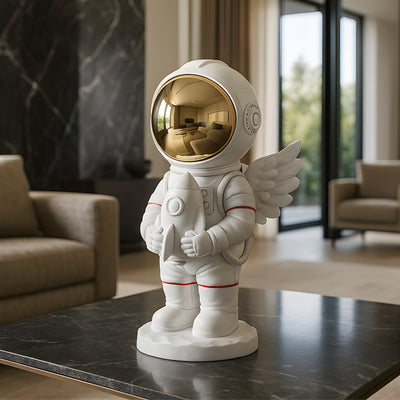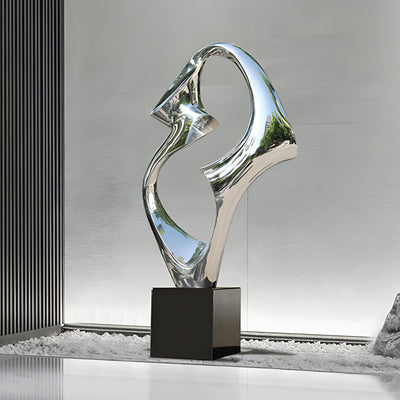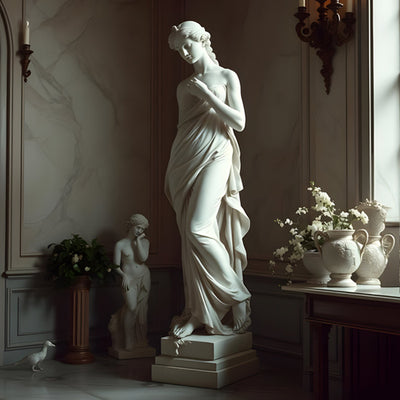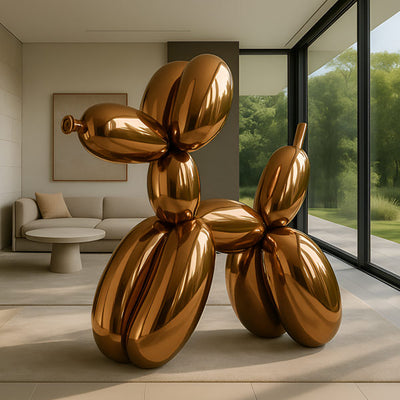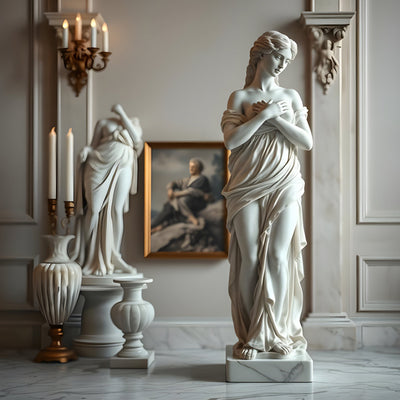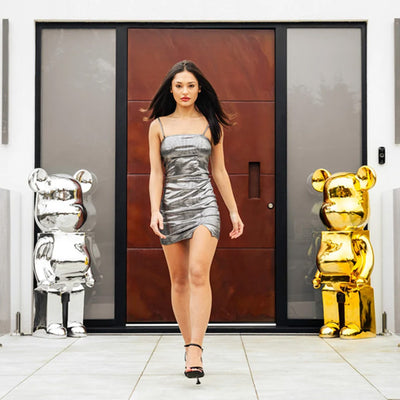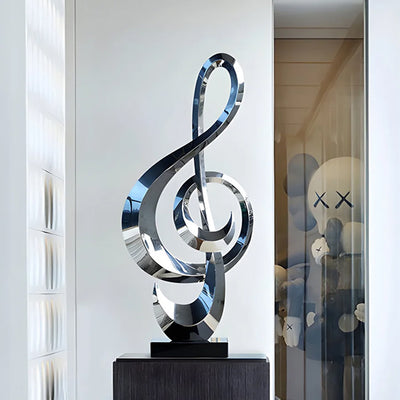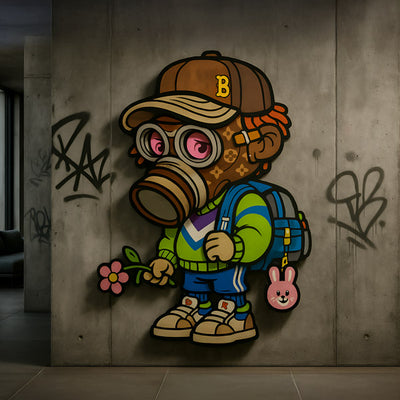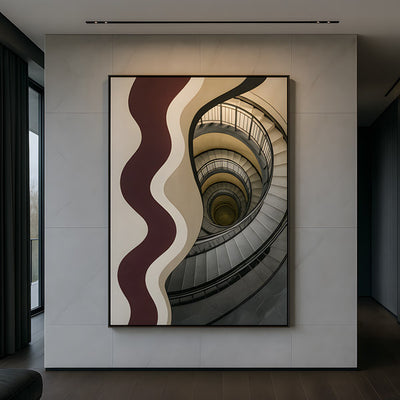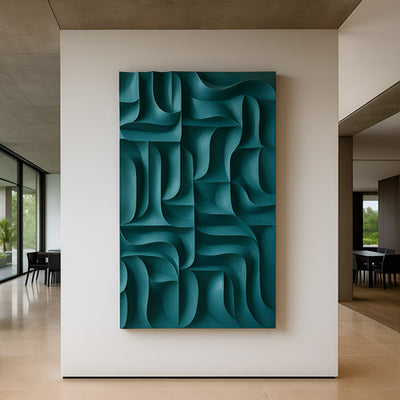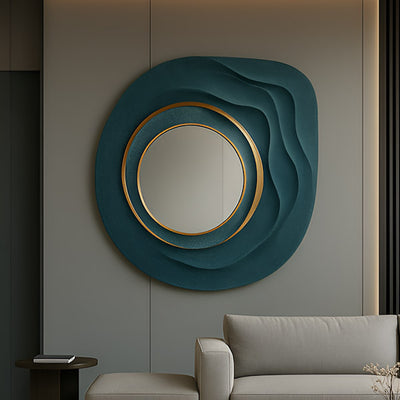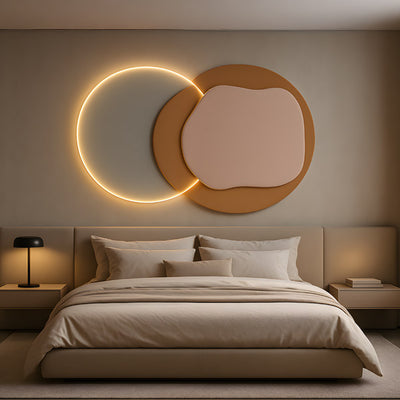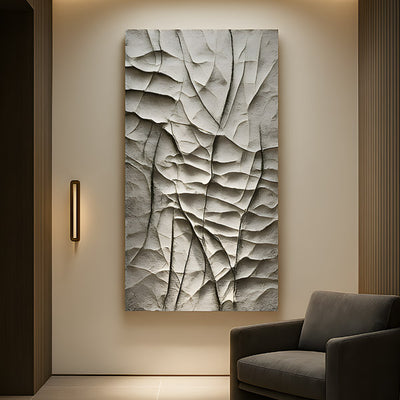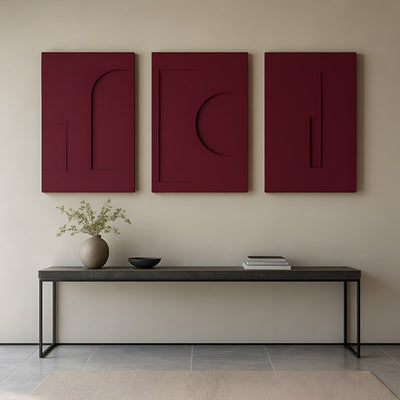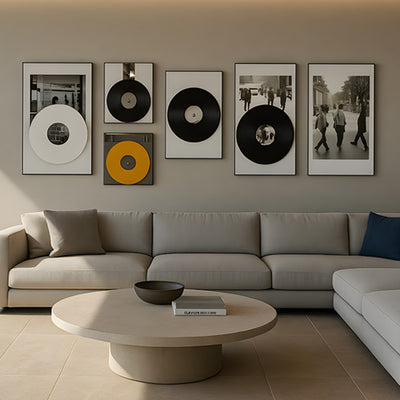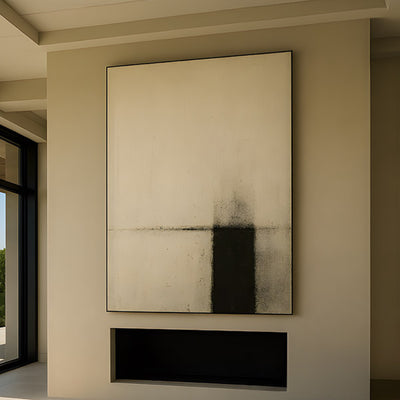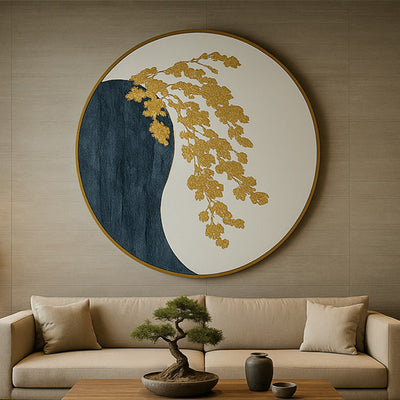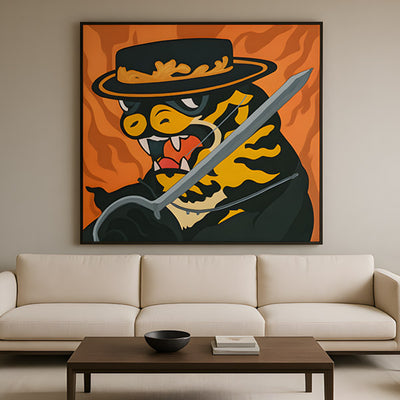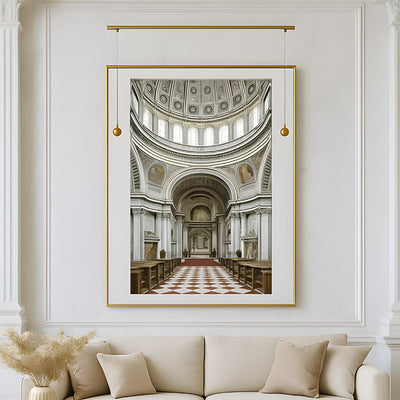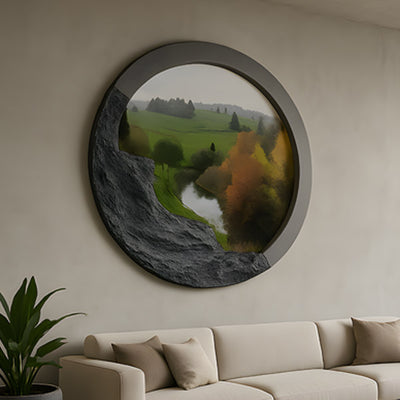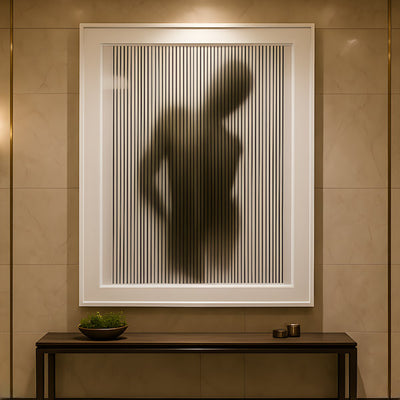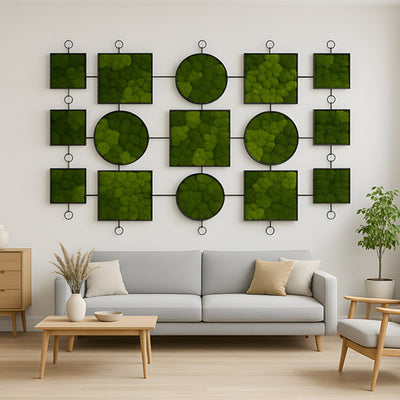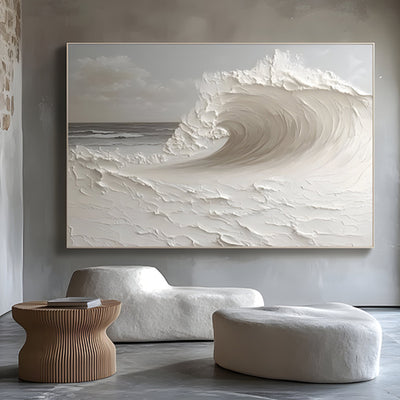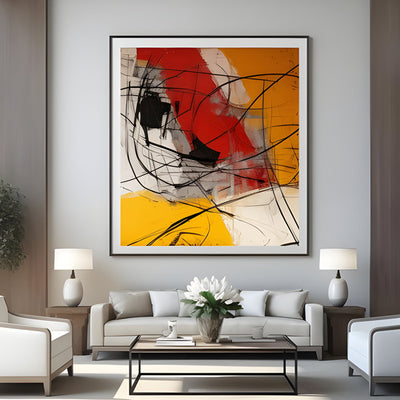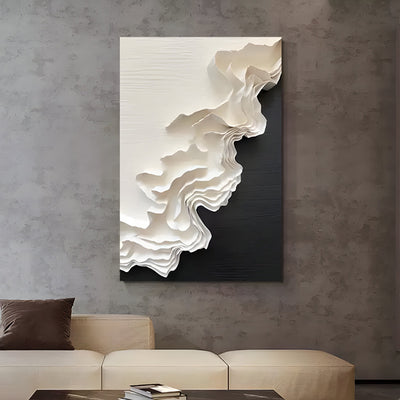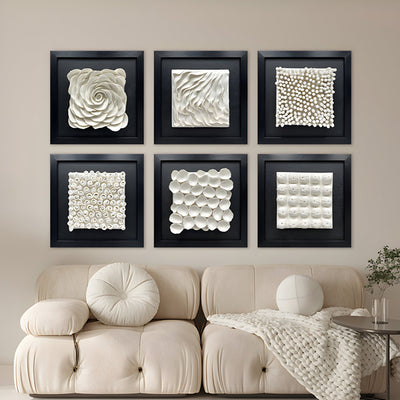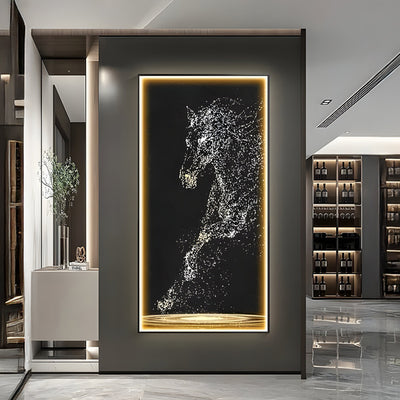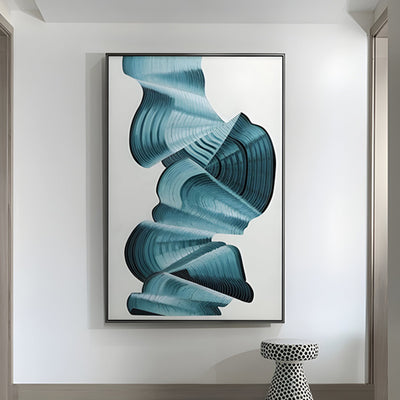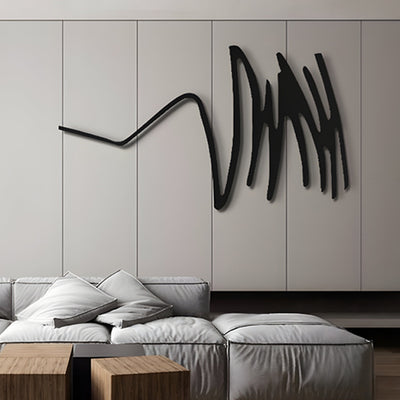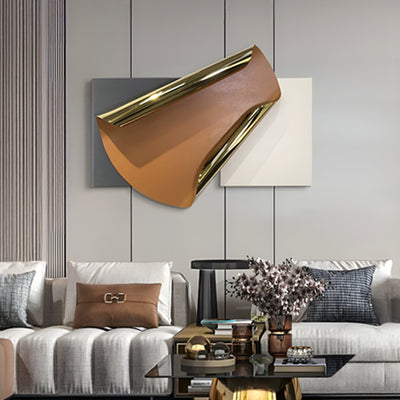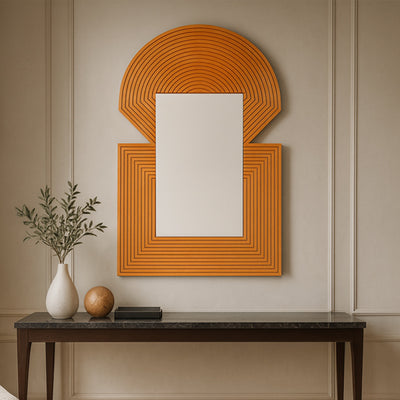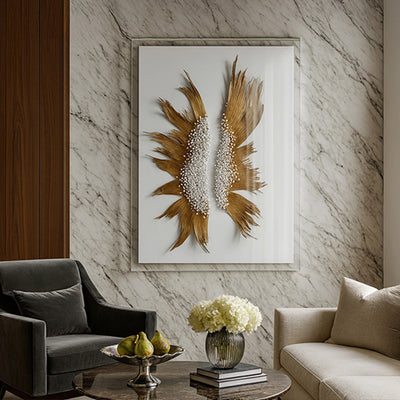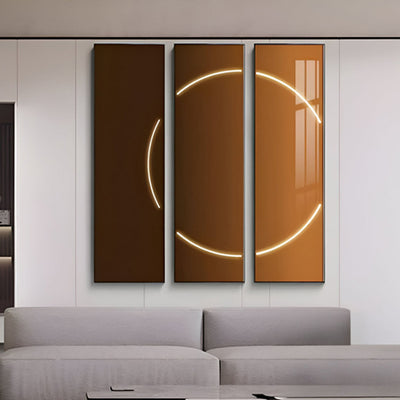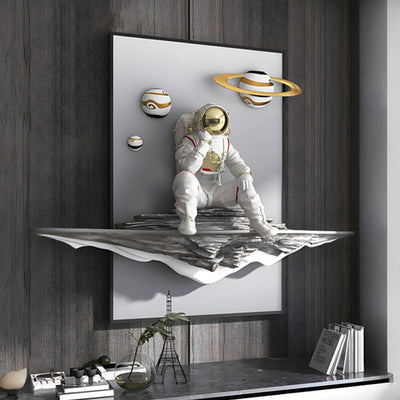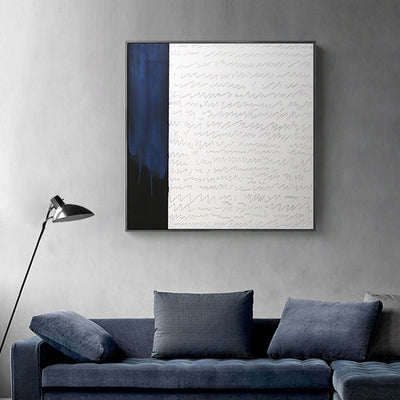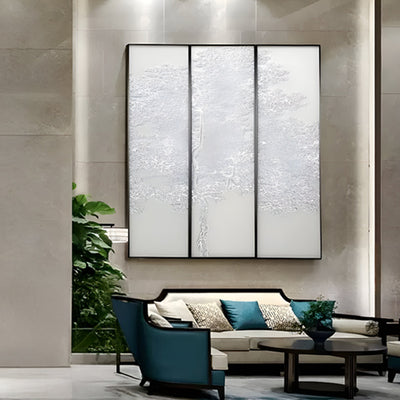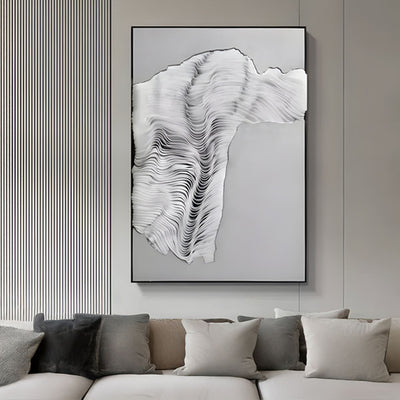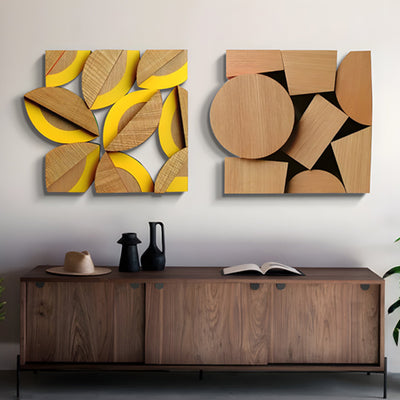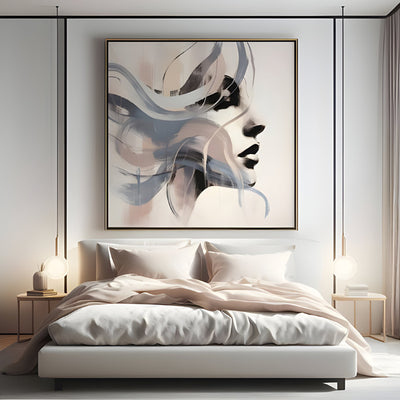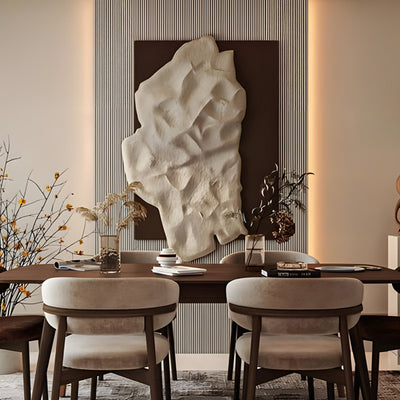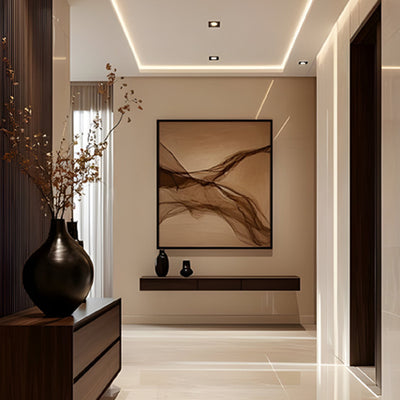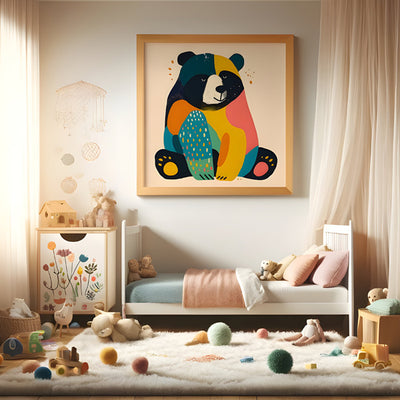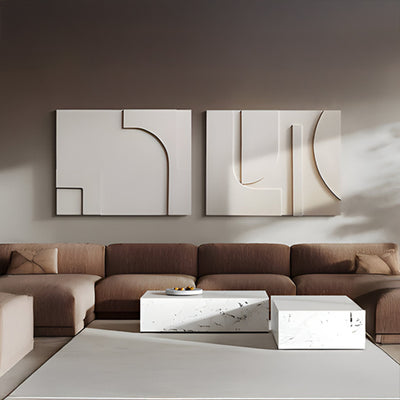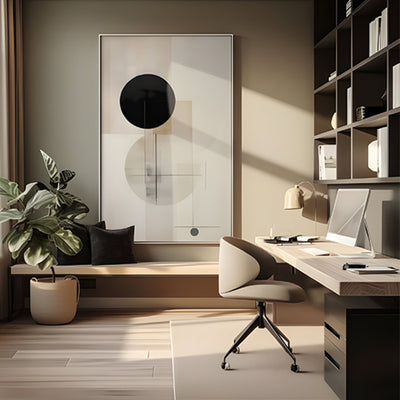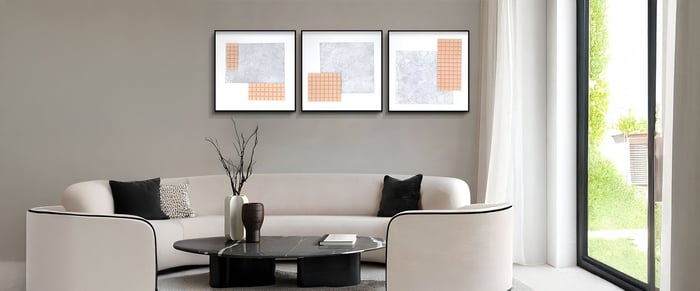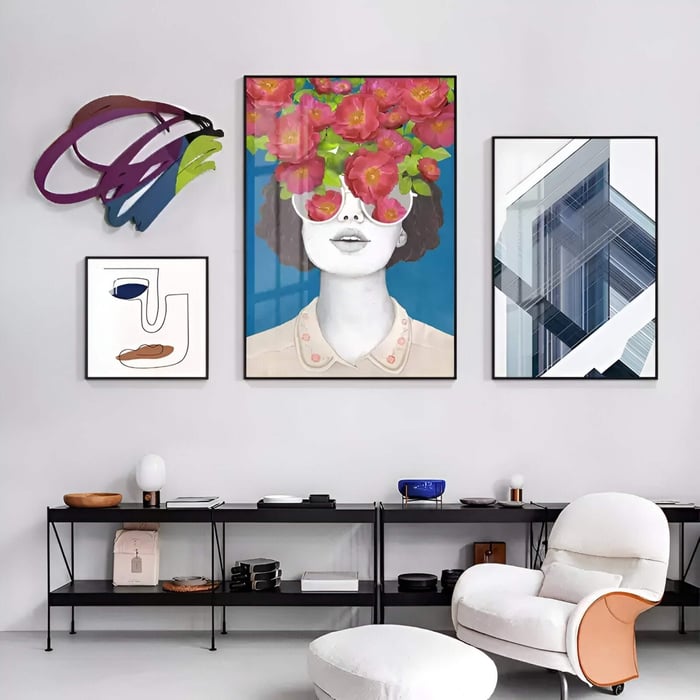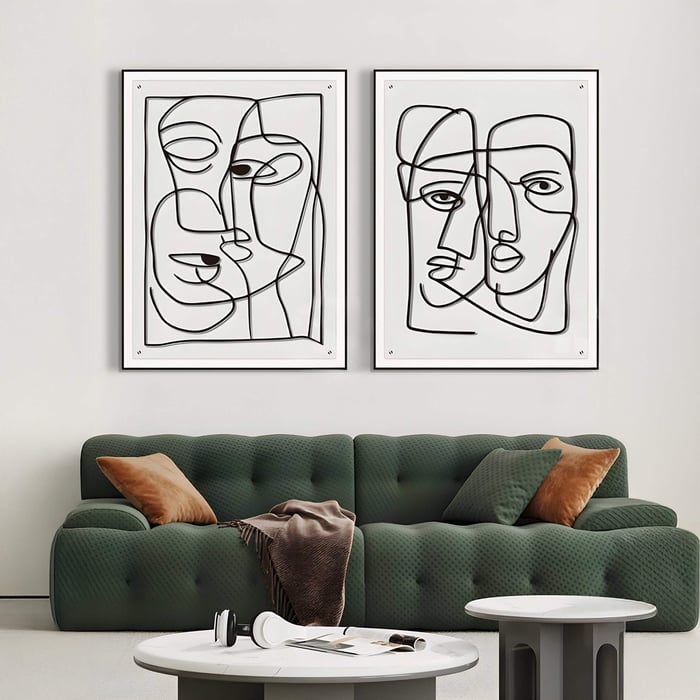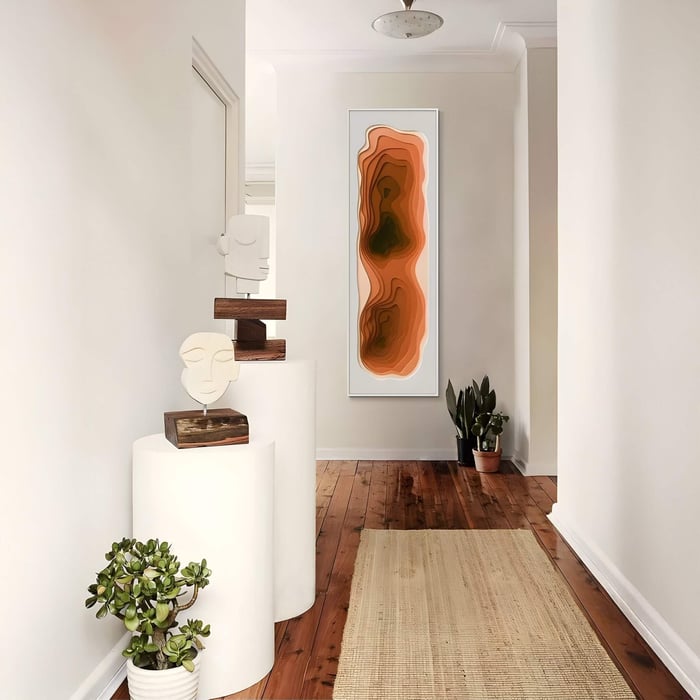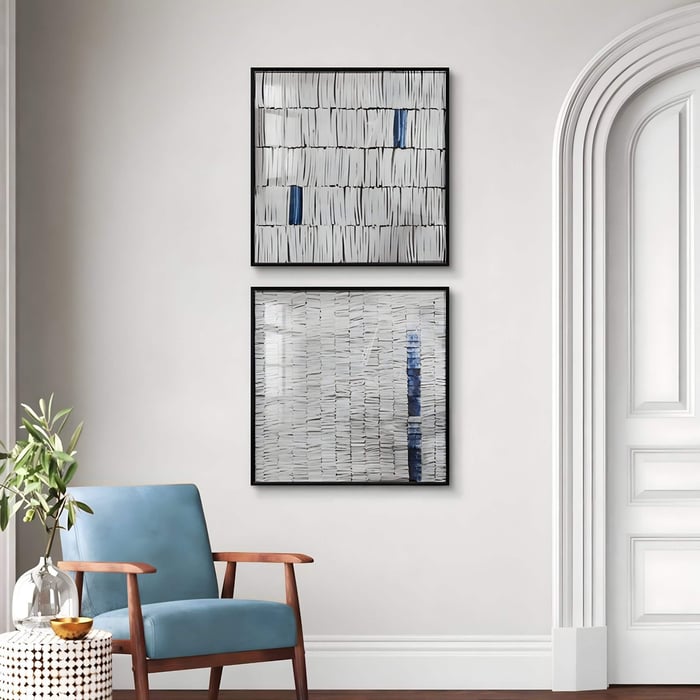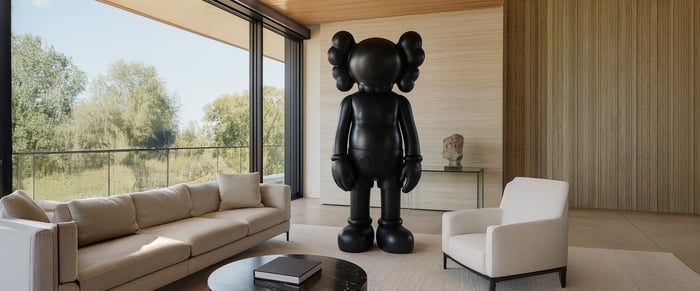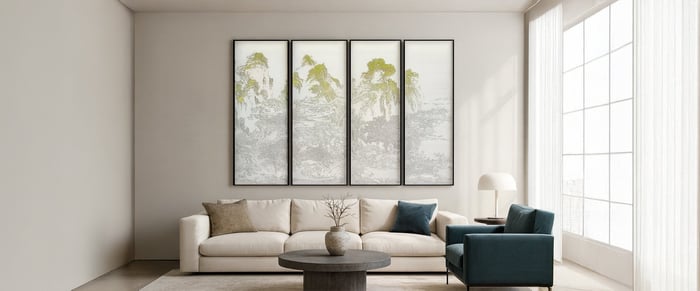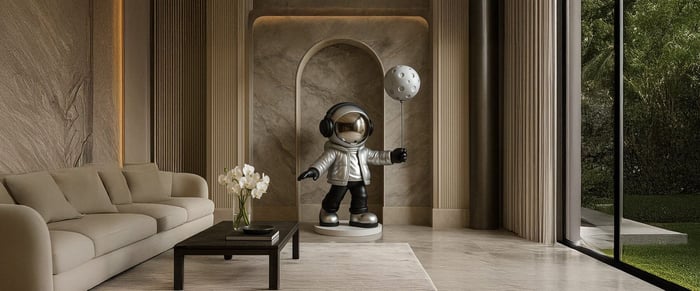Table of Contents
Choosing wall art is one of the most enjoyable parts of decorating a home, but getting the size right is where most people stumble. You might find the perfect artwork, but if it’s too small, it gets lost; too big, and it dominates the room. The balance of proportion, scale, and placement determines whether your art feels intentional or misplaced.
In this complete wall art size guide, we’ll cover how to measure your space, apply golden sizing rules, pick ideal dimensions for different rooms, and avoid the most common wall art mistakes. By the end, you’ll know exactly how to choose the perfect wall art size for your space, no guesswork needed.
Understanding Wall Art Size Basics
When designers talk about wall art size, they’re referring to the artwork’s width, height, and orientation (portrait, landscape, or square). The goal is to create visual balance between the art, surrounding furniture, and available wall space.
The most common rule of thumb is this:
👉 Artwork should cover around 60–75% of the width of the furniture beneath it (like a sofa or headboard).
If the artwork is going on a bare wall, use the same percentage against total wall width. Too small, and it disappears; too large, and it overpowers everything else.
Also remember:
Framing adds size - measure including the frame, not just the canvas.
Orientation changes feel: horizontal pieces widen the room; vertical art adds height.
Viewing distance matters: the bigger the room, the larger the artwork should be for comfortable visibility.
When in doubt, slightly larger wall paintings often look better than smaller ones, especially in open or modern interiors.
Measure Your Space – Step-by-Step
Before you start buying, it’s time to measure. The right art size starts with numbers, not guesswork.
Step 1: Measure the wall width
If hanging above furniture, measure the width of that piece (sofa, bed, console, etc.). Multiply it by 0.6 and 0.75 to find your ideal artwork range.
Example: Sofa = 84 in (213 cm) wide → Ideal art width = 50 to 63 in (127–160 cm).
Step 2: Measure the height
If the artwork sits above furniture, leave 15–30 cm (6–12 in) of space between the top of the furniture and the bottom of the artwork.
If it’s a standalone wall, hang so that the centre of the art is at eye level, typically 145–155 cm (57–61 in) from the floor.
Step 3: Visualise before hanging
Use painter’s tape to mark out the dimensions of your artwork directly on the wall. This helps you see scale and spacing.
Check the proportions against lighting, frames, and nearby décor.
Step 4: Account for groups
If you plan a gallery wall, treat the entire grouping as one large piece. Measure the total width, including gaps (2–4 in between frames). The same 60–75% rule applies to the overall arrangement.
Measuring your space properly ensures that your chosen artworks feel cohesive and perfectly in proportion.
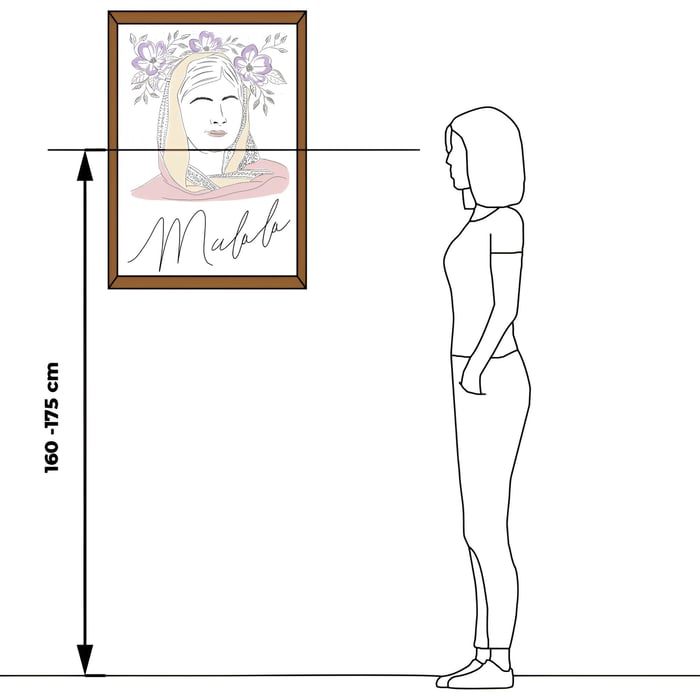
Room-by-Room Guide: What Size Works Where
Different rooms call for different approaches to wall art dimensions. Here’s how to get it right every time.
Living Room – Above the Sofa
This is where the “60–75% rule” shines. If your sofa is 210 cm wide, your wall painting should be between 125–160 cm wide.
Hang it 15–30 cm (6–12 in) above the back of the sofa - this keeps it visually connected without feeling cramped.
For a single large piece, centre it over the sofa.
For multiple smaller artworks, treat them as a group, spacing 5–8 cm (2–3 in) apart.
Tall ceilings? Try a vertical diptych or stacked pair of artworks for height balance.
Bedroom – Above the Bed
Your artwork should span about two-thirds of your headboard’s width. Hang it 15–25 cm (6–10 in) above the headboard’s top edge.
Smaller bedrooms benefit from medium or panoramic horizontal pieces that echo the bed’s shape, while large rooms can handle bold statement pieces or canvas wall art in triptych form.
Dining Room – Above a Console or Table
When hanging above a sideboard, follow the same width ratio as your console. For blank walls, keep the centre of the piece around 145–155 cm (eye level).
A series of smaller, equally sized pieces also works well here, especially in modern or minimalist dining setups.
Hallways, Entryways & Narrow Walls
These areas work best with narrow vertical artworks or sets of two to three smaller prints. Keep the height consistent if you’re lining multiple walls.
Avoid oversized art that blocks movement or competes with entry furniture.
Gallery Walls or Multiple Pieces
If creating a gallery wall, measure total width including spaces.
Keep spacing even (about 5 cm / 2 in apart) and centre the grouping’s midpoint at eye level.
Use consistent framing or colour tones for cohesion, or mix styles intentionally for a curated look.
Example: For a 2 m sofa, a gallery wall 1.2–1.4 m wide feels balanced while leaving breathing space.
Common Wall Art Sizes & How to Choose
Understanding common wall art dimensions helps you visualise and compare before you buy.
Small (Under 45 cm / 18 in wide)
Ideal for: bathrooms, hallways, entry nooks, accent spaces.
Use these for layering or smaller gallery wall clusters.
Medium (45–90 cm / 18–36 in wide)
Perfect for: bedrooms, offices, or small living rooms.
They pair well above dressers, desks, or small consoles.
Large (90–120 cm / 36–48 in wide)
Best for: above sofas or beds, focal walls, or standalone displays.
Balances proportion in medium to large rooms.
Oversized (120 cm+ / 48 in+)
Statement pieces for open-plan or double-height spaces.
For modern interiors, one oversized wall painting often replaces multiple small artworks.
When in doubt, err larger - a slightly oversized art print tends to look more deliberate and modern than one that’s too small.
Tip: Using standard print sizes (like 16×20, 24×36, or 30×40 inches) makes framing easier and usually more affordable.
For additional visual references and print standards, see Rumco.eu Artistic Prints, which outlines how sizing impacts both framing and cost.
Avoiding Size Mistakes: What Happens When You Get It Wrong
Even the most beautiful wall artworks can look off if the size or placement isn’t right. Here’s what to avoid:
1. Art Too Small
It’s the most common issue, the piece looks like it’s “floating” with too much blank space around it. Small art over large furniture makes the wall feel empty and unfinished.
2. Art Too Large
Equally problematic, oversized pieces can visually crush smaller rooms. Ensure the art width doesn’t exceed 75–80% of the wall or furniture beneath.
3. Wrong Height
Hanging too high or too low throws off alignment. The sweet spot: centre at 145–155 cm (57–61 in) from floor level.
4. Ignoring Architecture or Furniture
Avoid placing art where it competes with shelves, lighting, or door frames. Always step back and check balance from multiple viewing points.
Design experts from Jose Art Gallery note that testing placements with cardboard cut-outs or painter’s tape helps avoid these missteps before making holes in your wall.
Final Practical Tips & Takeaways
To wrap up, here’s a quick reference for your next wall project:
✅ Width rule: 60–75% of furniture or wall width.
✅ Hanging height: Centre at eye level (145–155 cm from floor).
✅ Spacing: 15–30 cm above furniture; 5–8 cm between multiple artworks.
✅ Orientation: Horizontal widens space; vertical adds height.
✅ Lighting: Soft ambient or track lighting enhances textures and colour.
✅ Size confidence: When unsure, go a little larger - small art often disappears.
If you’re planning to invest in premium wall art prints or custom paintings, these guidelines ensure your choice complements your space’s proportions beautifully.
For more inspiration, checkout professional art sizing charts at Bruzzen’s wall art sizing calculator & chart.
Conclusion - Make Your Walls Work for You
The right-sized artwork doesn’t just decorate a room, it defines it. A well-measured, well-placed piece feels like it belongs, guiding the eye and grounding the furniture. From living rooms to hallways, mastering the balance between wall space and art size is one of the simplest ways to make your home look intentionally designed.
So next time you fall in love with a painting or print, don’t just ask if it’s beautiful, ask if it’s the right size of art for your wall. Measure first, visualise second, and hang with confidence.
Explore expertly curated wall paintings and modern artworks at Giant Sculptures, where proportion, texture, and design come together to create statement pieces that transform your interiors.
FAQs
What size should wall art be above a sofa?
Ideally, artwork should measure 60-75% of the sofa width and sit around 15–25 cm above it.
How high should wall art hang on a wall?
Centred roughly 145–155 cm from the floor, or at eye level for the average viewer.
Can you combine small artworks instead of one large piece?
Yes. When grouped correctly, smaller works can mimic the scale of a single large painting.
What’s the best size for art in an open-plan space?
Go for large or oversized pieces that help define separate areas visually without cluttering.
Do frames change the overall size?
Absolutely. Always include frame thickness when planning placement and measurement.
